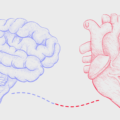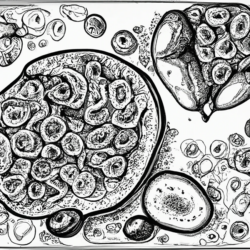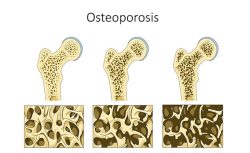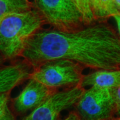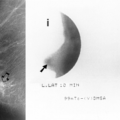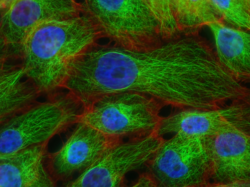A list of neither tasteful nor romantic Valentine gifts for that special lady in your life. Whomever thought these were a good idea, doesn’t date women much. On the other hand, if you’re looking for a humorous gift here are some possibilities.
1. For that special lady who just wants to spend more time together:

2. For the woman who loves animals:

3. For that special lady who likes to plan ahead:

4. For the gal who thinks flowers are unoriginal:

5. For the active woman with a sweet tooth:
6. For that special lady who wants a romantic getaway:
7. For the vegetarian your life:
8. For that special lady who doesn’t know how good she has it:
9. For that special lady who loves jewelry:
10. For that special lady that just wants to cuddle on Valentines Day:

OK, number 10 isn’t so bad, but it’s not exactly romance inspiring.
Have a perfectly awful Valentine gift or story? How about awful Valentine gifts for the men in your life? Share your Valentine gift missteps and failures.













